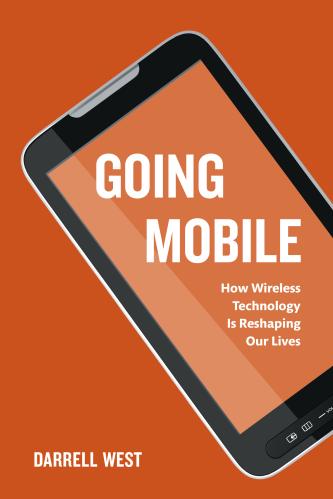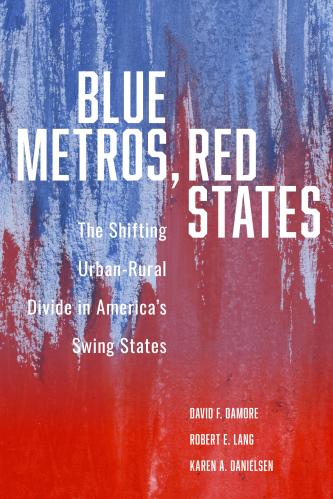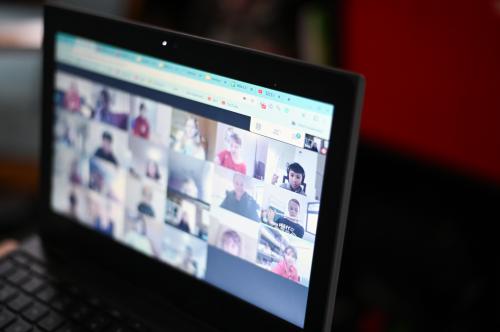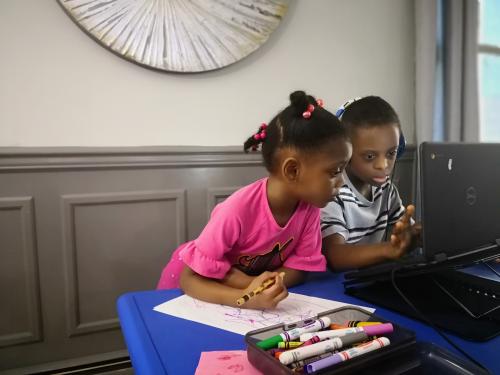President Donald Trump declared a national emergency over the novel coronavirus, or COVID-19, which will provide $50 billion to the states working to accelerate virus screenings and deploy other emergency responses. But the funding may have come too late as concerns over COVID-19 have already injected chaos into American society, from concerns over the economy to empty grocery store shelves, inadequate access to testing, and clogged airports for those returning from abroad.
Yet another problem that deserves greater attention is the large number of students being asked to stay at home to further contain the spread of the virus. With a disproportionate number of school-age children lacking home broadband access, the breadth of the U.S. digital divide has been revealed as schools struggle to substitute in-school resources with online instruction, electronic libraries, streaming videos, and other online tutorials.
Every U.S. student could eventually be impacted by extended school closures. New York City, whose public-school system serves more than 1.1 million students, has announced the closure of its 1,800 schools. These mounting circumstances have administrators scrambling to migrate courses online and create some level of accountability between students and teachers. However, the U.S. digital divide makes any effort fallible for certain individuals, households, and communities that are not sufficiently connected.
Broadband availability has been at the heart of the digital divide with an estimated 21.3 million people lacking access in 2019, according to the Federal Communications Commission (FCC). Despite the narrowing of digital gaps between urban and rural communities, the latter still maintains lower than average connectivity rates with only two-thirds of rural Americans reporting a home broadband connection. Income is another factor restricting broadband adoption and use: because low-income families tend to be more smartphone-dependent, they lack access to multiple internet-enabled devices (e.g., tablets, PCs or laptops) to get online, according to a study by the Pew Research Center. School-age children are most affected by this lack of ubiquitous access with 35% of their households without broadband service in 2015. A few years ago, FCC Commissioner Jessica Rosenworcel referred to this phenomenon as the “homework gap,” where low-income students who lack online access lag behind their higher-income counterparts when completing assignments and other school-related activities.
San Francisco’s school district announced their school closure efforts with a desire to bring courses online, only to be faced with a reality check. The city sits alongside a few others with the highest rate of income inequality, according to a Brookings report. Further, a 2018 city-led assessment found that more than 100,000 San Francisco residents lacked home broadband access, especially low-income residents making less than $25,000 annually.
Established data caps on broadband services impose additional barriers on low-income subscribers who will be forced to ration minutes between the completion of their student’s assignments and online search queries for critical public services. Comcast was the first to respond to this quandary through its Internet Essentials (IE) program by suspending data caps for program subscribers for the next two months. The company also announced a series of other measures for IE customers, including increased download speeds, temporary reprieves on late fees, and making their Wi-Fi hotspots available to non-Comcast customers. Other internet service providers (ISPs) are engaged in similar responses to the coronavirus crisis.
But just like the U.S. government is working to contain the disease, we must tackle the broader shortcomings of not making digital access a national imperative. In his first term, President Trump announced plans to modernize the nation’s infrastructure, which would have included expanding internet access in underserved urban and rural areas. Instead, the consequences of the failed infrastructure effort are now exacerbated amidst a global health crisis. So, what can we do in the interim to reduce or avert an educational meltdown in the weeks or months before we get young people back to school?
park wireLess school buses in local communities lacking broadband access
Earlier this month, I published a report on the need to bridge the divide between schools and communities. One of my most glaring findings is the lack of local digital infrastructure that allows for the seamless export of digital learning experiences and tools into local communities and households. We are experiencing these inadequacies first-hand as a disproportionate number of school-age children lack access to both broadband service and the necessary devices. While libraries often fill the gaps in local access, the mandate of social distancing makes it virtually and physically impossible to use their services—at least in the short term. Further, many of these disconnected communities don’t have commercial establishments that offer free Wi-Fi, if one was daring enough to venture out.
However, in the U.S., there are approximately 480,000 school buses that transport about 25 million students on a weekly basis to school and back. With newly installed Wi-Fi hotspots, these buses can maintain the integrity of current social distancing.
In 2016, the rural Coachella Valley Unified School District in California equipped its school buses with solar-powered Wi-Fi routers to provide internet while in transit and parked these outfitted buses in underserved neighborhoods to offer 24/7 online access. Coined the Wi-Fi on Wheels project, students have been able to access broadband where they live to reduce barriers to learning and obstacles to adoption. I’ve been told that Greenville County in South Carolina is parking their Wi-Fi equipped buses throughout their school district.
These efforts may not be a long-term solution, but they can address a current access gap.
bring device lending programs to school-operated nutrition centers
As schools make decisions to move curricula online, they are still restricted by the lack of access to devices at home for low-income students in urban and rural areas. But across the country, students eligible for free or reduced-price meals are being sent to onsite and mobile sites. In fiscal year 2018, the National School Lunch Program provided low-cost and free lunches to 29.7 million children in households with incomes at or below 130% in poverty. Schools and local libraries can partner to bring lending programs for hardware and other internet-enabled devices, including Wi-Fi hotspots, to needy students while they are at these centers.
Just as ISPs and other organizations are improvising through this crisis, other private sector partners, libraries, and philanthropic organizations can do the same and provide “one device per household” to address broadband deprivation among students. For households unable to obtain internet via a parked school bus, having temporary in-home access or even a list of locations for free hotspots can alleviate some of the disparities exacerbated by shifts to online learning.
we need to make closing the digital divide a global imperative
The U.S. is not alone in its effort to contain and stop the spread of the coronavirus. Globally, 105 countries have closed educational institutions from elementary schools to colleges and universities, affecting more than 897 million children and youth across the globe. The number of global school closures are increasing daily.
However, assuming most people are online would be the first mistake of policymakers as they work to mitigate our current health risks. The second mistake is not thinking more globally about broadband connectivity. Today, the problems of the digital divide are manifesting among students. In the future, it will challenge workers forced to move to telework. As we assess the broader impacts and implications of the coronavirus, one thing is clear—we are not effectively using and disseminating 21st century tools to alleviate current and unforeseen problems.
The Brookings Institution is committed to quality, independence, and impact.
We are supported by a diverse array of funders. In line with our values and policies, each Brookings publication represents the sole views of its author(s).











Commentary
What the coronavirus reveals about the digital divide between schools and communities
March 17, 2020